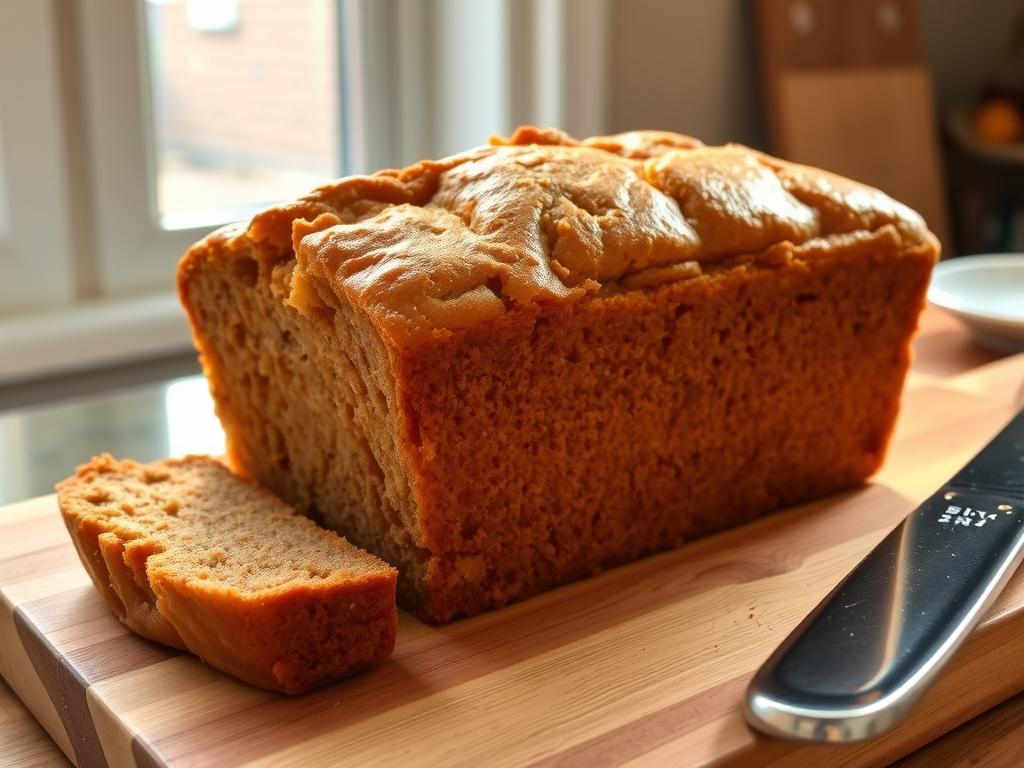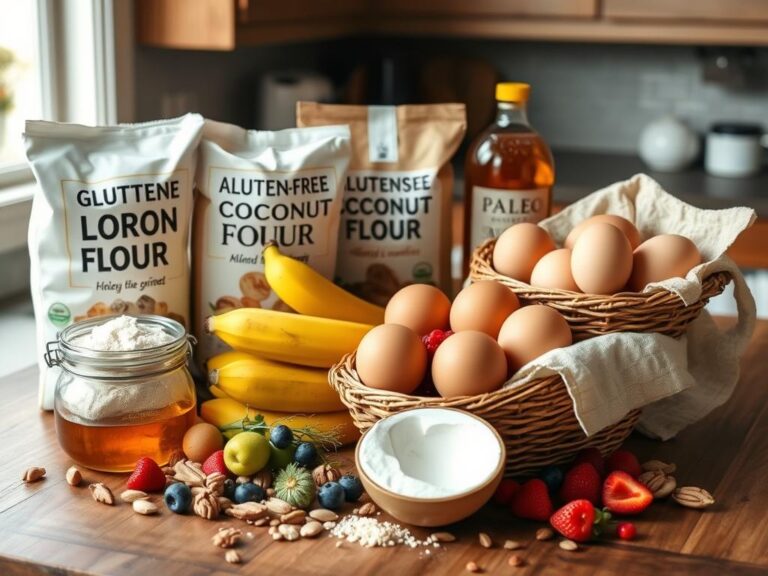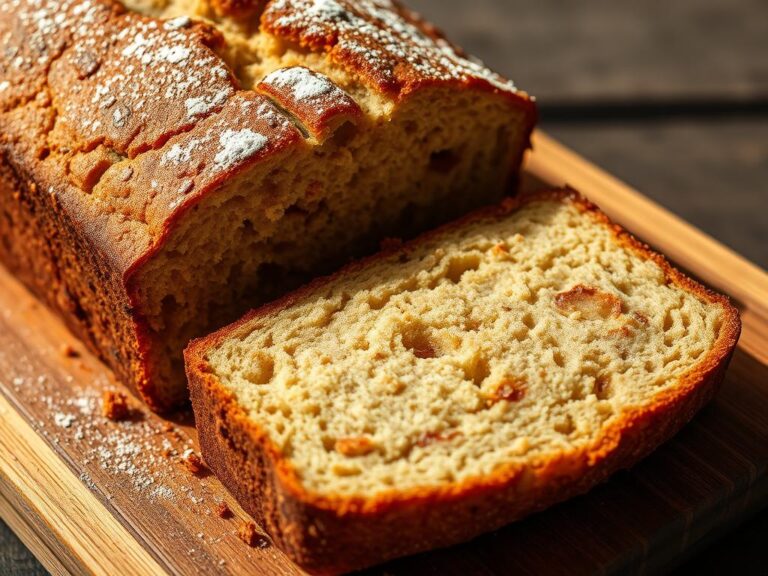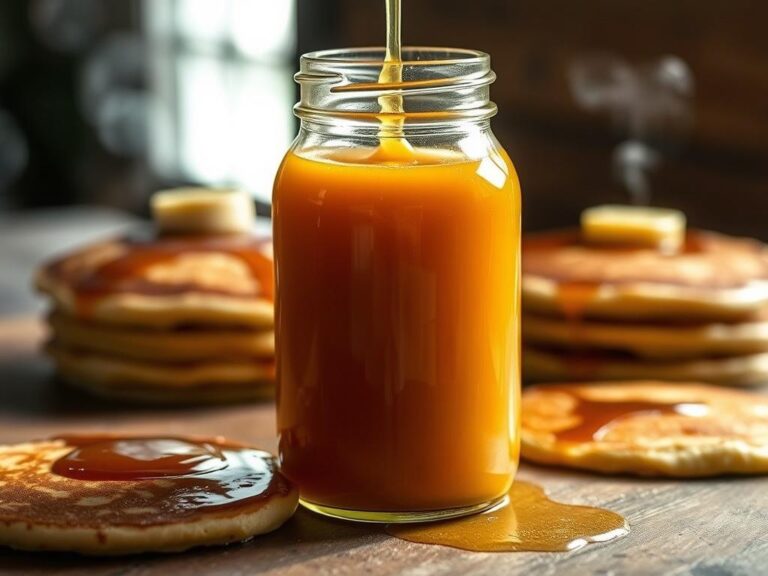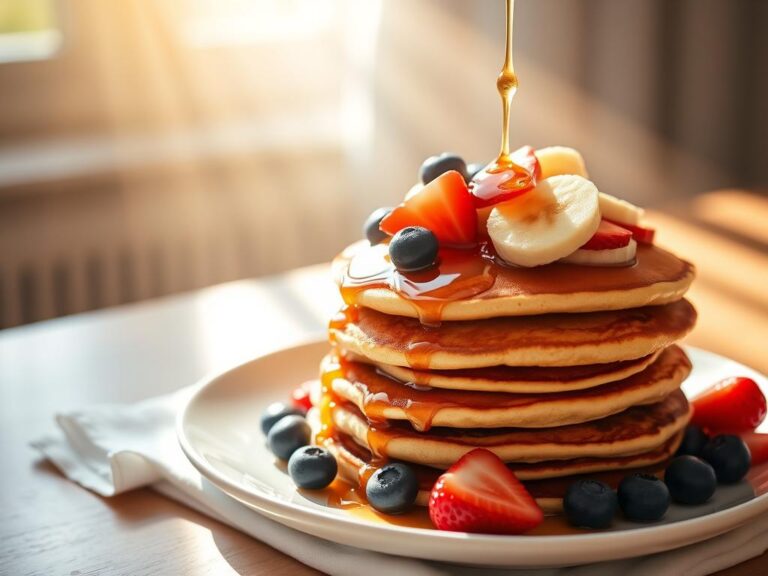Gluten-Free Banana Bread That Tastes Like The Real Thing
This post may contain affiliate links which means I may receive a commission for purchases made through links at no extra cost to you. I only recommend products I truly believe in. Thank you for your support!
Want a moist banana bread without gluten? You’re in the right spot! I’ve made a banana bread recipe that’s just as good as the classic everyone loves. Say goodbye to dry, crumbly gluten-free breads – this one is a real winner.
Banana bread was a big deal in my kitchen when I was growing up. But when gluten became a problem, I didn’t want to give up my favorite treat. After trying many times, I found the secret to making a gluten-free banana bread that’s as good as the real thing.
Southern Living Magazine helped me make this gluten-free banana bread even better. With Bob’s Red Mill Gluten-Free 1:1 Baking Flour and perfectly ripe bananas, you’ll make a loaf that’s so tasty, everyone will be amazed it’s gluten-free.
Get ready to make your kitchen smell amazing and enjoy a slice of gluten-free heaven!
Essential Ingredients for Perfect Gluten-Free Banana Bread
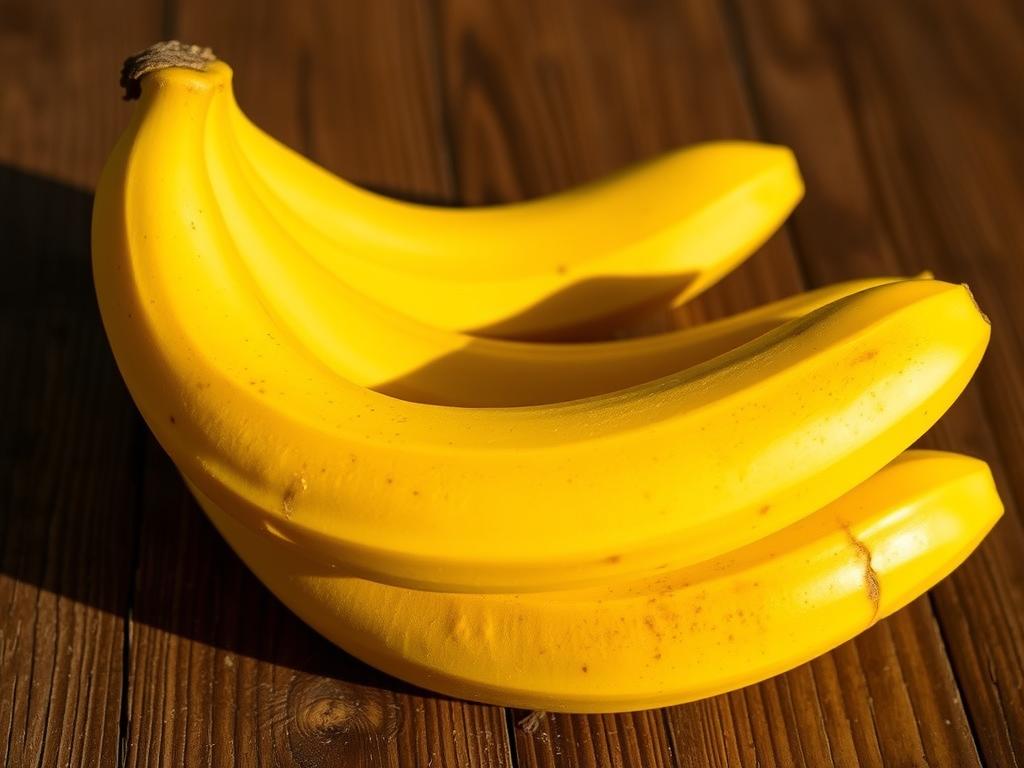
Making the best homemade banana bread needs the right ingredients, even more so for gluten-free versions. Let’s explore the main parts that make gluten-free baking a breeze!
Choosing the Right Gluten-Free Flour Blend
The base of any great gluten-free banana bread is the flour. I suggest using a top-notch gluten-free all-purpose flour blend with xanthan gum. Bob’s Red Mill 1-to-1 Gluten Free Baking Flour is a great pick for its texture and structure.
- Look for flour blends containing:
- Brown rice flour
- Tapioca starch
- Potato starch
- Xanthan gum
The Role of Ripe Bananas in Texture and Flavor
Ripe bananas are key to a moist and tasty gluten-free banana bread. Use 4-5 very ripe bananas, which mash up to about 1 1/2 cups. The riper they are, the sweeter and richer the flavor!
Key Binding Ingredients and Substitutions
In gluten-free baking, binding ingredients are vital to replace gluten’s role. Here are some must-haves:
- Eggs: Add structure and moisture
- Xanthan gum
- Coconut milk cream
- Oil or melted butter
Pro tip for gluten-free baking: Make sure your ingredients are at room temperature. This helps mix the batter smoothly. With these ingredients, you’ll make a banana bread that’s just as good as the traditional kind!
The Science Behind Gluten-Free Banana Bread That Tastes Like The Real Thing

Gluten-free baking is a world of science that turns banana bread into a tasty treat. The main challenge is finding the right flour mix to get the same texture as regular bread. This mix must mimic the structure and feel of traditional baking.
The secret to gluten-free baking is choosing the right flours. Almond flour adds moisture and flavor. Other flours like buckwheat or oat help with texture. Tapioca starch is a special ingredient that makes the bread chewy, just like we love it.
- Almond flour: Adds moisture and depth of flavor
- Tapioca starch: Provides critical binding properties
- Buckwheat or oat flour: Contributes hearty texture
Choosing the right gluten-free flour mix is key. Brands like Bob’s Red Mill 1-to-1 and Krusteaz make bread that tastes just like the real thing. They aim to make a loaf so good, you won’t even notice it’s gluten-free!
Gluten-free baking is all about understanding how proteins work together. Unlike wheat flour, which uses gluten for structure, other flours need a special mix to get the right texture. It’s a mix of science and art, and it’s incredibly tasty!
Step-by-Step Baking Instructions and Tips
Making the perfect easy banana bread needs precision and care. Gluten-free baking can be tricky, but with the right techniques, you’ll make a homemade banana bread that’s just as good as traditional ones. Let’s explore the key steps to improve your baking!
Proper Measuring Techniques
Getting the measurements right is key in gluten-free baking. The “spoon and level” method is your secret to success. Here’s how to measure ingredients perfectly:
- Use a light touch when measuring gluten-free flour
- Spoon flour into the measuring cup gently
- Level off with a straight-edged knife
- Avoid packing or pressing down the flour
Mixing Methods for Best Results
The secret to a tender gluten-free banana bread is gentle mixing. Overmixing can make it dense and tough. Here are some mixing tips:
- Combine wet ingredients first
- Mix dry ingredients separately
- Fold ingredients together until just combined
- Stop mixing when no flour streaks remain
Baking Temperature and Timing Guidelines
| Baking Parameter | Recommended Setting |
|---|---|
| Oven Temperature | 350°F (180°C) |
| Baking Time | 50-60 minutes |
| Loaf Pan Size | 8×4 inches |
| Doneness Test | Clean toothpick or internal temp of 200°F |
Pro tip: Let your banana bread cool completely before slicing. This ensures the perfect texture. Your patience will be rewarded with a moist, delicious gluten-free treat that everyone will love!
Customization Options and Add-ins
Want to make your banana bread even better? It’s easier than you think. Gluten-free baking lets you get creative.
Here are some great mix-in ideas to make your banana bread special:
- Chocolate Lovers: Add mini dark chocolate chips for a rich treat
- Nutty Variations: Mix in chopped walnuts, pecans, or almonds for a crunchy bite
- Fruity Delights: Add fresh blueberries or dried raisins for a burst of flavor
Looking for a healthier banana bread? Try these natural sweeteners:
- Swap granulated sugar for honey
- Use maple syrup for a sweet touch
- Add cinnamon or nutmeg for a warm, rich flavor
Pro tip: Coat mix-ins in gluten-free flour to prevent sinking. This spreads flavors and textures evenly.
Remember, the key to great gluten-free banana bread is to experiment. Be bold and make it your own!
Storage Tips and Serving Suggestions
Keeping your banana bread fresh is simple! Whether you baked it fresh or have leftovers, the right storage keeps it tasty and moist.
Storage Options for Maximum Freshness
Your banana bread has different storage options:
- Room Temperature: Store in an airtight container for up to 2 days
- Refrigerator: Keeps fresh for up to 5 days when sealed properly
- Freezer: Can be preserved for up to 3 months
Pro Storage Tips
For the best storage, wrap your banana bread tightly in plastic wrap. This keeps it soft and moist.
| Storage Location | Duration | Recommended Packaging |
|---|---|---|
| Countertop | 2 days | Airtight container |
| Refrigerator | 5 days | Plastic wrap + container |
| Freezer | 3 months | Freezer bag, wrapped tightly |
Serving Suggestions
Make your banana bread even more special with these ideas:
- Lightly toast a slice and spread with almond butter
- Top with a dollop of Greek yogurt and fresh berries
- Serve warm with a scoop of vanilla ice cream
- Enjoy as a quick breakfast with a cup of coffee
Pro tip: Freeze the banana bread in slices. This way, you can thaw just what you need, keeping it fresh!
Troubleshooting Common Gluten-Free Baking Issues
Gluten-free baking can be tricky, but don’t worry! I’m here to help you navigate the most common challenges in creating delicious homemade banana bread. Understanding the nuances of gluten-free baking will transform your kitchen adventures.
Let’s dive into some key troubleshooting tips for easy banana bread that always turns out perfect:
- Dense or Gummy Texture: Often caused by excess moisture in your gluten-free baking mix
- Dry or Crumbly Bread: Indicates you might need more liquid or binding agents
- Sunken Middle: Usually means the bread is undercooked
Precision is crucial in gluten-free baking. Different flour blends can dramatically change your recipe’s outcome. Weighing ingredients instead of measuring by volume can significantly improve consistency.
| Common Issue | Potential Solution |
|---|---|
| Sticky Dough | Add 1-2 tablespoons of gluten-free flour |
| Flat Bread | Check baking powder/soda freshness |
| Crumbly Texture | Add an extra egg or binding agent |
Remember that gluten-free baking is part science, part art. Each attempt brings you closer to the perfect homemade banana bread. Don’t get discouraged – keep experimenting and learning!
Pro tip for gluten-free baking success: Always check your ingredients’ freshness and replace leavening agents like baking powder every six months to ensure optimal rising and texture.
Nutritional Benefits of Gluten-Free Banana Bread
Our healthy banana bread is more than just a tasty treat. It’s a nutritional powerhouse with wholesome ingredients. Using almond flour, we make a bread that’s full of health benefits. A single serving gives you protein, healthy fats, and fiber, making it better than traditional bread.
Bananas add a lot of nutritional value to our bread. One medium banana has 8% of your daily potassium and 14% of vitamin B6. These help your heart and metabolism. Plus, almond flour adds protein, with each slice having 4-8 grams, more than regular recipes.
Gluten-free baking means we can make a bread with fewer carbs. We use less sugar and natural sweeteners like honey or maple syrup. This makes our bread give you energy without the sugar rush. Our recipe cuts carbs from 68.4 grams to about 31.6 grams per serving.
Choosing homemade gluten-free banana bread is a healthy choice. It’s not just a tasty treat but also supports your wellness. With the right ingredients, we’ve made a classic into a nourishing meal for your body and soul.
